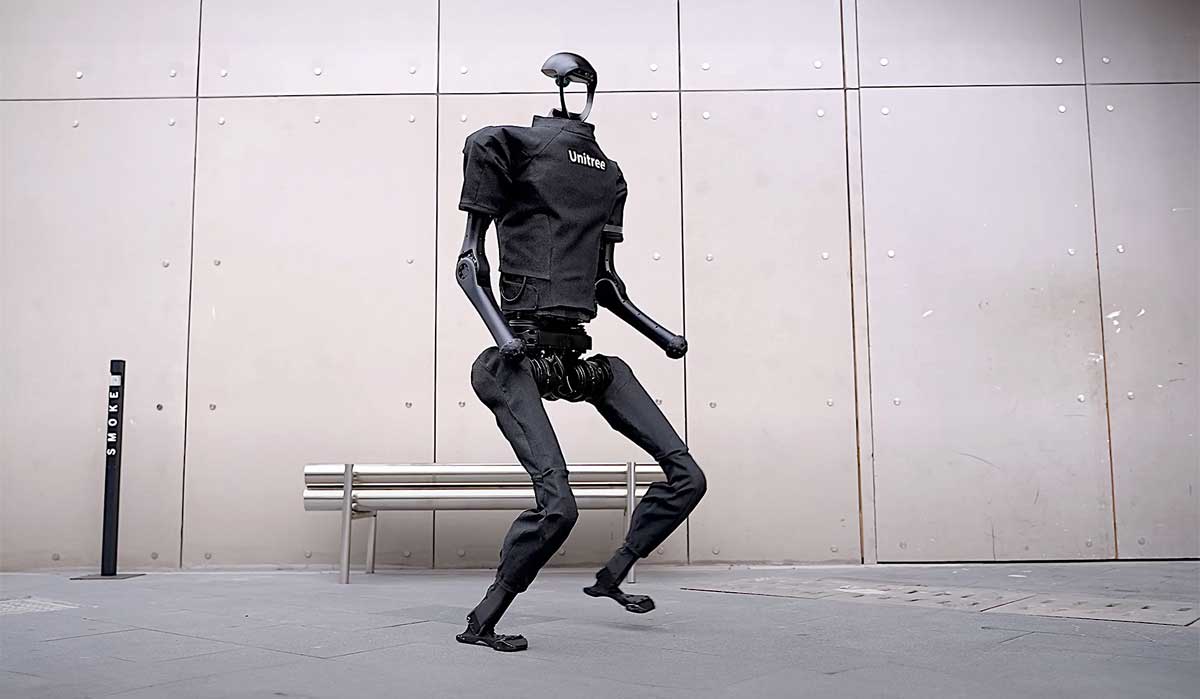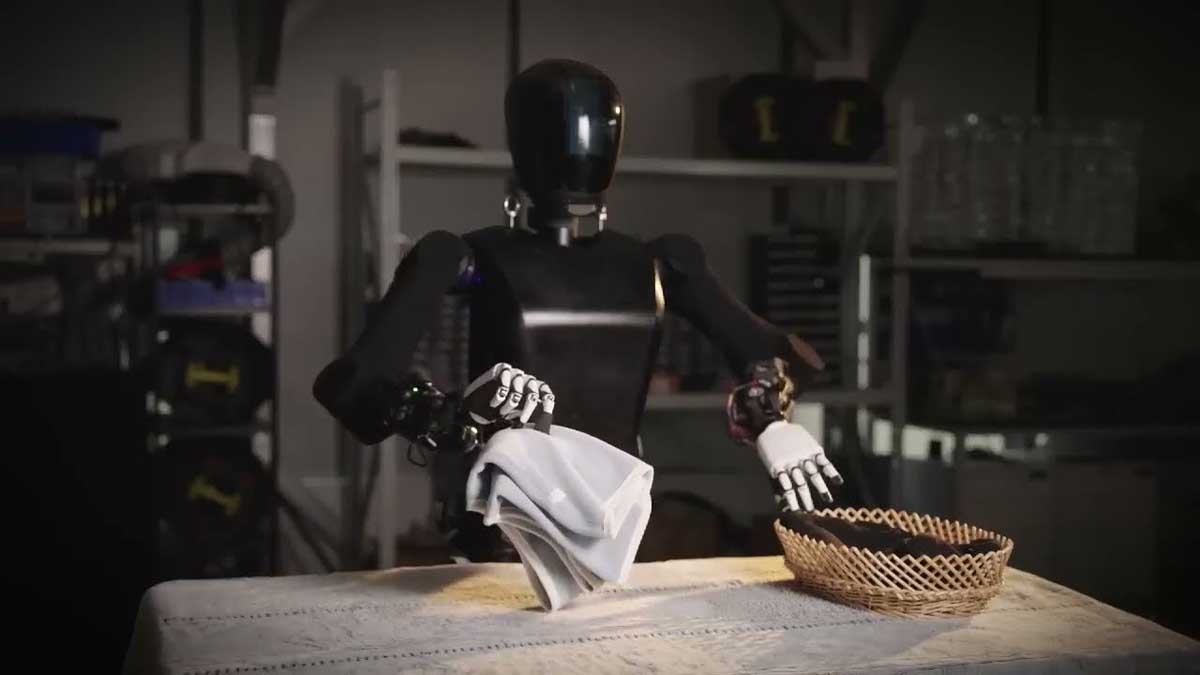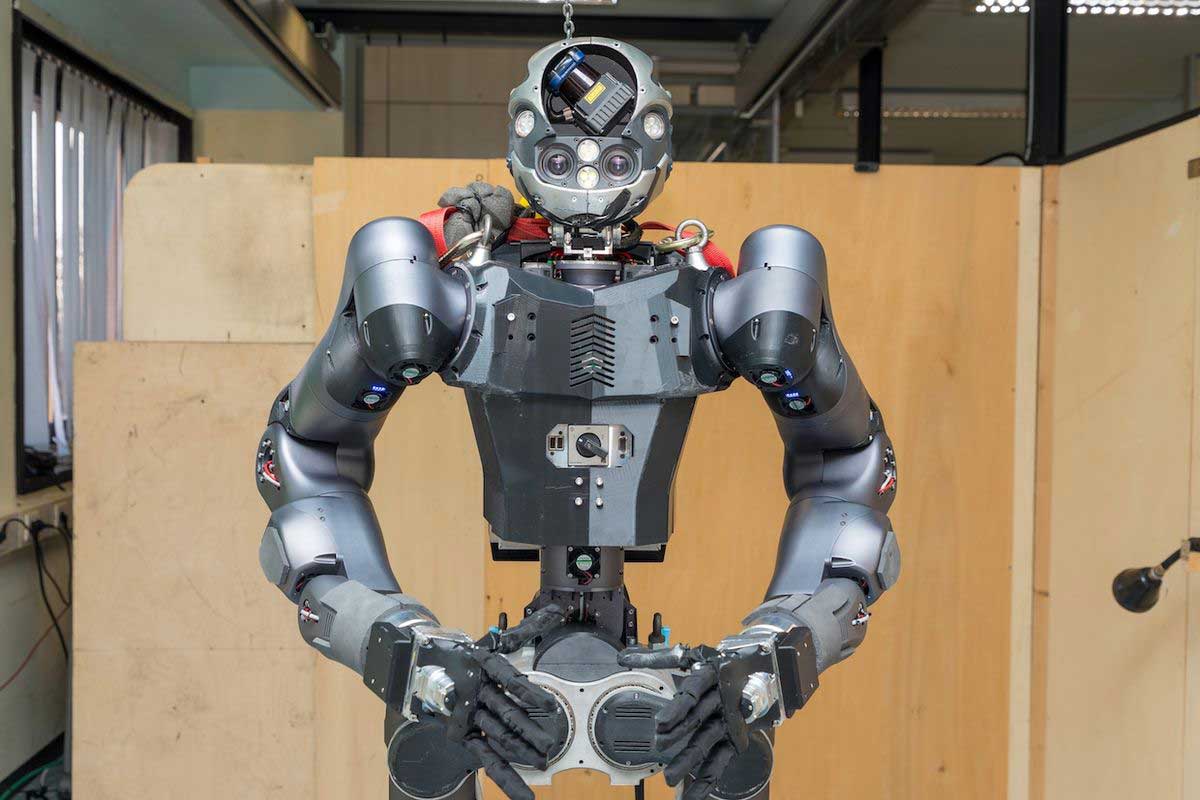Atlas, the brainchild of Boston Dynamics, isn’t your average robot. This dynamic bipedal machine isn’t content with simple tasks; it aspires to human-like agility and dexterity, making it a captivating symbol of robotic progress. Since its unveiling in 2013, Atlas has evolved from a search-and-rescue concept to a versatile research platform, showcasing remarkable advancements in mobility, manipulation, and perception.
Atlas stands tall at roughly five feet tall, its humanoid form equipped with 28 hydraulic joints, sensors, and powerful computers. This hardware foundation enables its impressive athleticism. Videos showcase the robot traversing challenging terrain, performing parkour routines with fluid grace, and even executing backflips. These feats are powered by sophisticated algorithms that predict and adjust its movements in real-time, ensuring balance and stability even in dynamic situations.
Beyond acrobatics, Atlas is increasingly adept at interacting with its environment. Recent demonstrations highlight its growing dexterity, where it picks up and manipulates objects, opens doors, and even throws a mean underhand toss. This progress signifies a crucial shift, as researchers focus on equipping Atlas with the skills to not just move, but also act meaningfully in the real world.
The applications of such an advanced robot are far-reaching. Search and rescue operations in hazardous environments, where sending humans is too risky, become more feasible with Atlas’ ability to navigate debris and tight spaces. Additionally, its manipulation capabilities could prove invaluable in industries like manufacturing or logistics, automating tasks that are currently manual and potentially dangerous.
However, ethical considerations surrounding humanoid robots like Atlas cannot be ignored. The potential for misuse and the societal impact of advanced automation are crucial discussions that must accompany technological advancements. Transparency and open dialogue are essential to ensure responsible development and deployment of these powerful machines.
While Atlas may not be ready to walk your dog just yet, its continuous progress is a testament to the ingenuity and dedication of engineers and scientists pushing the boundaries of robotics. From parkour champion to dexterous manipulator, Atlas represents a significant leap towards robots that can not only move like us, but also interact with the world around them in increasingly meaningful ways. As Atlas continues to evolve, one thing is certain: the future of robotics is looking remarkably human-like.





Leave A Comment